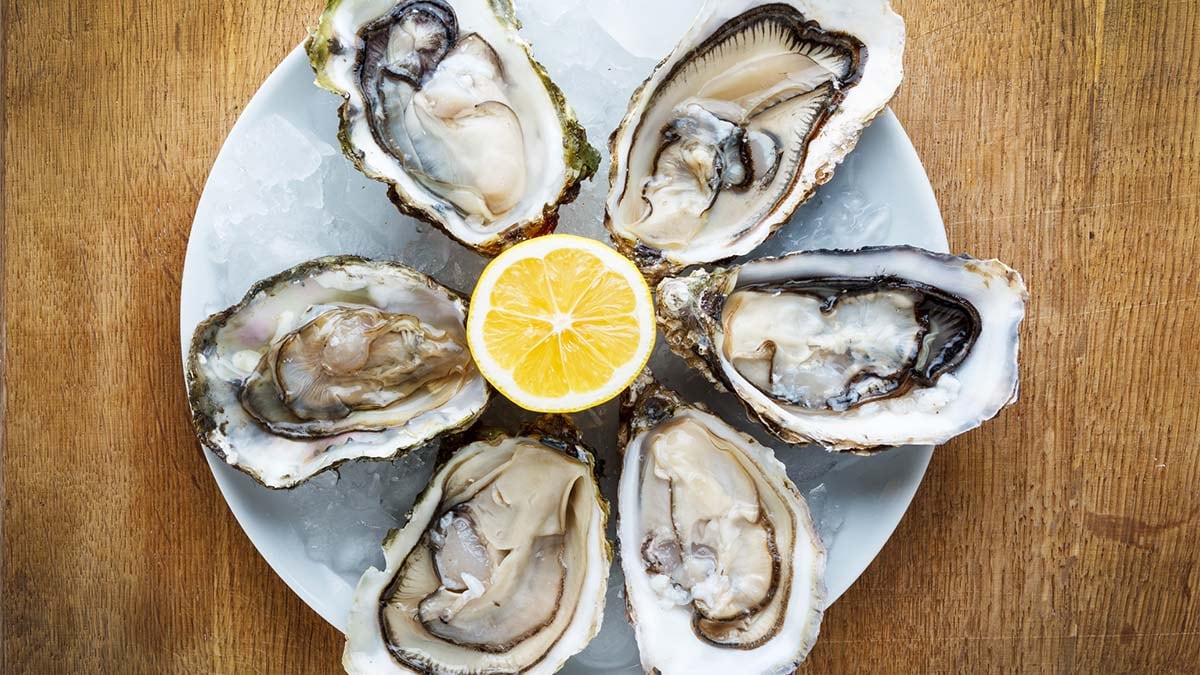Key points
- The following norovirus outbreak investigations are closed.
- Stay up to date on food recalls and outbreaks to avoid getting sick from eating contaminated food.

Multistate outbreak linked to raw oysters from Texas, 2022
This investigation is closed.
The CDC, FDA, the Texas Department of State Health Services, and other public health partners, investigated a multistate outbreak of norovirus illnesses linked to raw oysters from Texas.
Fast facts
- Illnesses: 211 illnesses were reported as of December 15, 2022
- States affected: AL, FL, GA, LA, MS, NC, TN and TX
- Recall: Yes. (Texas DSHS Recalls Oysters Harvested in Area of Southeastern Galveston Bay)
- Investigation Status: Closed
Investigation details
The Texas Department of State Health Services and the Florida Department of Health notified the FDA of illnesses associated with eating raw oysters harvested from TX 1, Galveston Bay, Texas.
On December 8, 2022, the Texas Department of State Health Services issued a recall on all oysters harvested between 11/17/2022 and 12/7/2022 from harvest area TX 1, Galveston Bay, Texas. They also informed the Interstate Shellfish Sanitation Conference who notified other member states. This resulted in other states initiating recall measures consistent with the Interstate Shellfish Sanitation Conference agreement.
As of December 15, 2022, 211 norovirus illnesses were reported from 8 states. State and local public health officials interviewed people about the foods they ate a day to four days before they got sick. In interviews, many of the sick people reported eating raw oysters.
The FDA confirmed that raw oysters harvested in area TX 1, Galveston Bay, Texas were potentially contaminated with norovirus and distributed to restaurants and retailers in: AL, FL, GA, LA, MS, NC, TN and TX. It is possible that additional states received these oysters through further distribution within the U.S.
Restaurants and foot retailers were advised not serve or sell raw oysters harvested between 11/17/2022 and 12/7/2022 from harvest area TX 1, Galveston Bay, Texas, and to throw away any remaining oysters or return them to their distributor for destruction.
The FDA and the states conducted a trace forward investigation to determine where the raw oysters were distributed and to ensure they were removed from the food supply.
Outbreak linked to raw oysters from British Columbia, 2022
This investigation is closed.
The CDC, FDA, along with the Public Health Agency of Canada (PHAC), the Canadian Food Inspection Agency, and state and local partners, investigated a multistate outbreak of norovirus illnesses linked to raw oysters from British Columbia.
Fast facts
- Illnesses: 192 illnesses were reported as of June 1, 2022
- States affected: CA, CO, FL, HI, IL, MA, MN, NJ, NV, NY, OR, TX and WA
- Recall: No
- Investigation Status: Closed
Investigation details
As of June 1, 2022, 192 norovirus illnesses were reported from 13 states.
State and local public health officials interviewed people about the foods they ate a day to four days before they got sick. In interviews, many of the sick people reported eating raw oysters.
State and local officials collected information about the source of oysters from restaurants where sick people ate. FDA confirmed that potentially contaminated raw oysters were harvested in the south and central parts of Baynes Sound, British Columbia, Canada.
The FDA and the states conducted a trace forward investigation to determine where the raw oysters were distributed and to ensure they were removed from the food supply.
Retailers were advised not to serve raw oysters harvested from the following harvest locations within British Columbia: BC 14-8 and BC 14-15. Harvest started as early as January 31, 2022 which was printed on product tags.
The FDA has confirmed that potentially contaminated raw oysters harvested in the south and central parts of Baynes Sound, British Columbia, Canada, were distributed to restaurants and retailers in: CA, CO, FL, HI, IL, MA, MN, NJ, NV, NY, OR, TX, and WA. It is possible that additional states received these oysters through further distribution within the United States.
